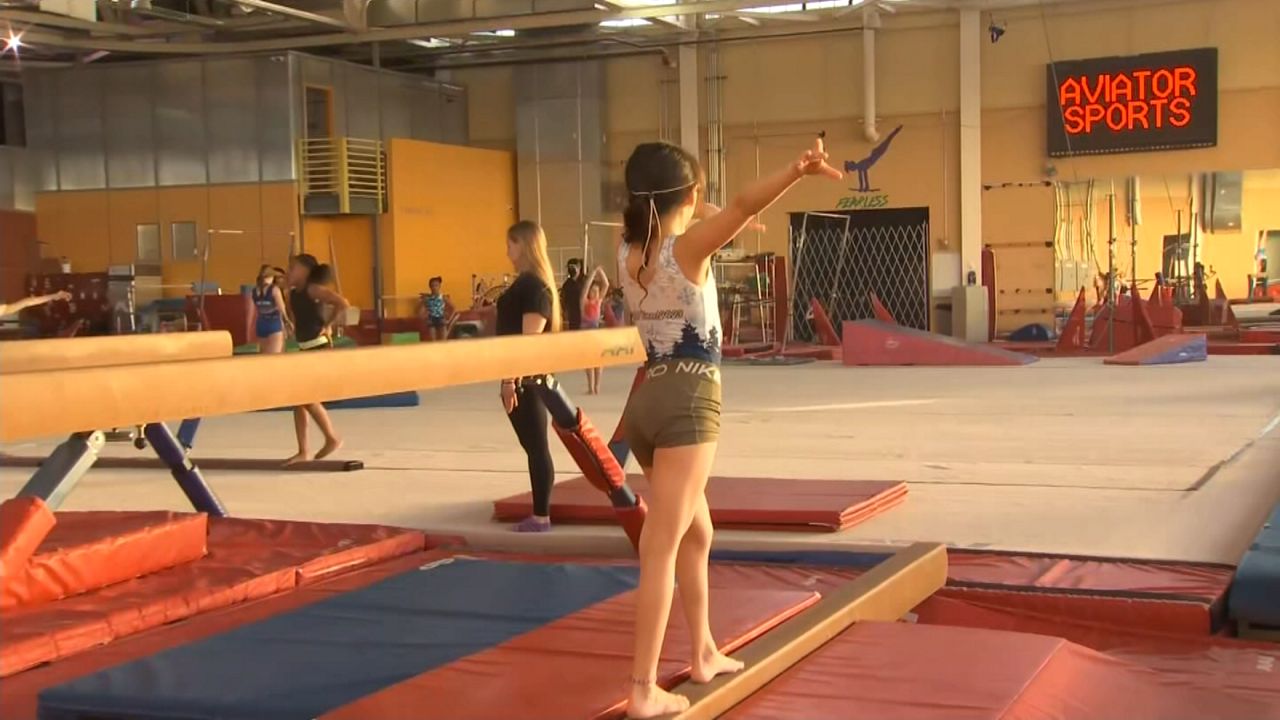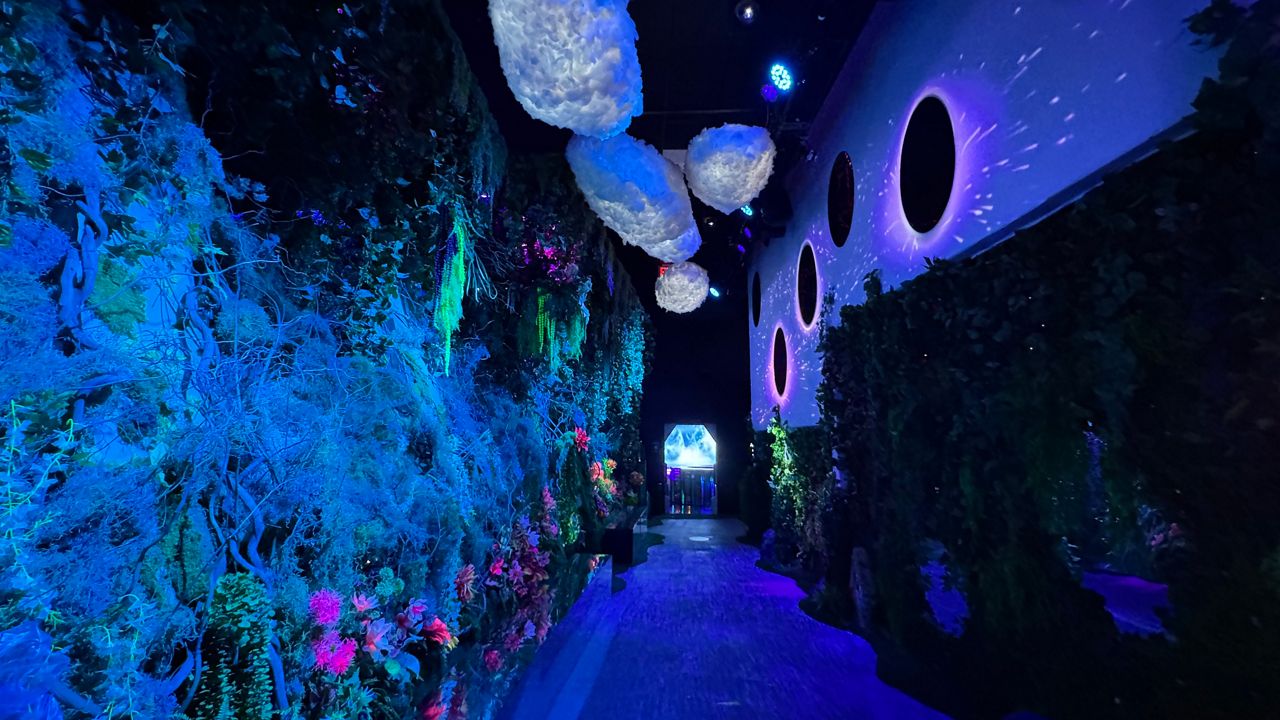At first glance, you might think you stumbled upon a canyon on the Upper West Side. It’s actually the Griffin Atrium, a gateway from Columbus Avenue to a brand new world within the American Museum of Natural History.
“All these openings go to different galleries, different experiences,” said Jeanne Gang, a renowned architect whose firm Studio Gang designed the project.
The Richard Gilder Center for Science, Education and Innovation — a 230,000 square foot expansion of the museum — opens on Feb. 17, 2023. Museum President Ellen Futter calls it a transformative building and experience for visitors from here and around the world.
What You Need To Know
- The American Museum of Natural History is opening its Richard Gilder Center for Science, Education and Innovation on Feb. 17, 2023
- The Gilder Center is a 230,000 square foot addition
- The center will connect with existing galleries within the museum campus
- There will be a gallery devoted to insects and a habitat for up to 80 species of free-flying butterflies
“That’s an opportunity and an offer to go on exploration, make discoveries, and to really go through the whole museum in a completely different way,” said Futter.
The Gilder Center will include three stories of exhibits featuring everything and anything from the museum’s extensive collections. There is space for learning and education, a gallery devoted to insects, and another where folks can hang out with up to 80 species of free flying Butterflies.
Ralph Appelbaum’s firm designed the exhibits with the museum’s exhibition department. Appelbaum and Associates have been designing galleries at the museum for over 40 years.
“This was an experience that really was overwhelming because instead of working in a box we are working in an extraordinary organic canyon which allows us to do exhibits that don’t have any doors,” said Appelbaum.
As if that wasn’t enough, Gilder Center will also feature Invisible Worlds, a 360 degree experience that reveals that all life on Earth is truly connected. Futter said the center is arriving at a time when it’s urgently important that people trust science.
“It yields results that help us address the most pressing issues of our time, whether it’s the environment, or COVID-19, or something we still don’t know about yet,” said Futter.








_PKG_WCS_Film_Fest_CLEAN_133797398_405)
